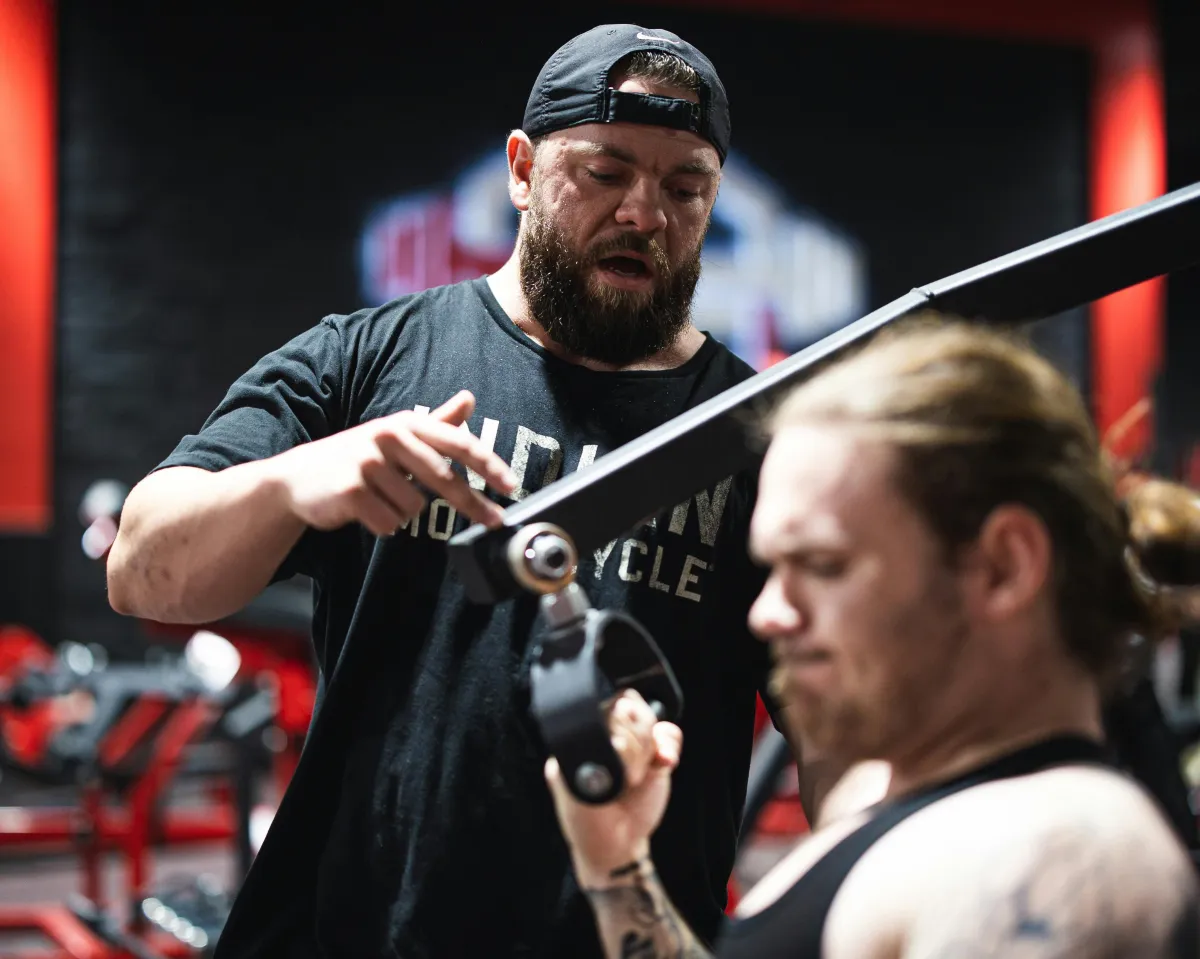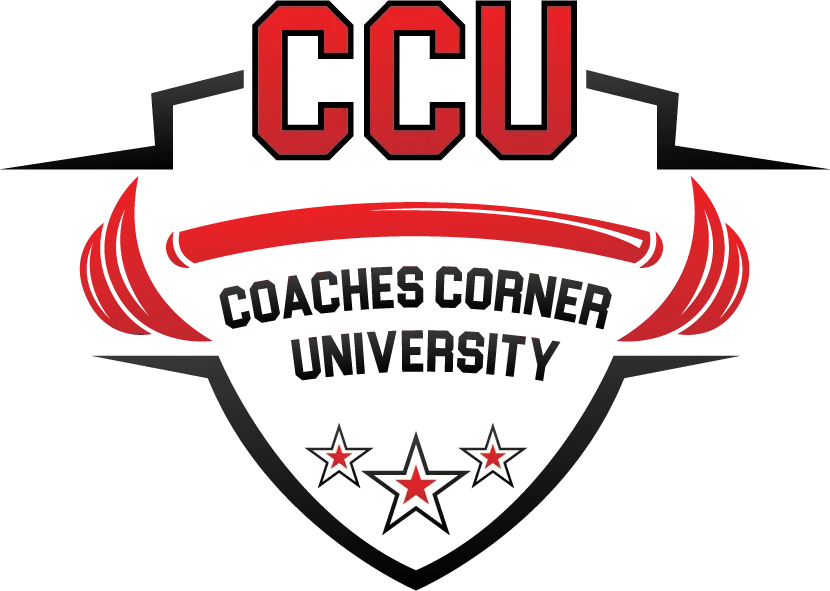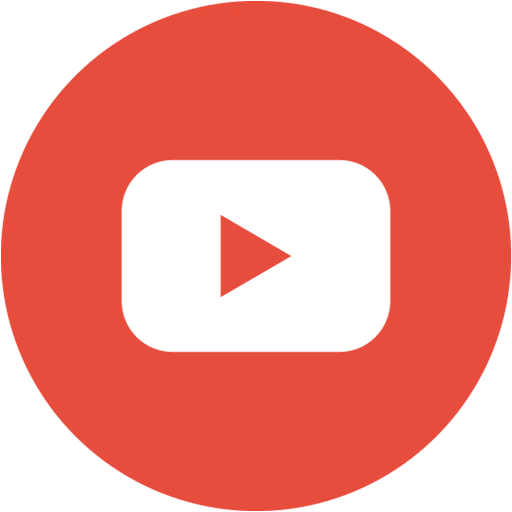Discover The Latest Blogs
Stay updated with Our Informative Blog Posts

How To Funnel People Into Your Coaching
How to Funnel People Into Your Coaching
I hope you’re not tired of me talking about funnels because the more I think about the concept, the more I see the application in literally everything we do as coaches. It’s not just something that social media marketers leverage - it’s something you can absolutely leverage in your own business.
Remember, a funnel is just a fancy way of saying that you're bringing people from a place where they know very little about you to a place where they know you, like you, and trust you - it's akin to building a relationship. And, since coaching is a relationship business, it makes sense to talk about funnels within the context of your actual coaching practice.
I'm a firm believer that building a relationship with a client starts the first moment you speak to them. That initial interaction sets the foundation for the rest of the coaching journey. If you begin by establishing open and honest communication with your potential client during the sales process, it's going to be a whole heck of a lot easier to fortify it moving forward. This is where your coaching funnel comes into play.
Once someone clicks the purchase button, they’ve entered your funnel. Purchasing coaching, especially if you’re charging a premium price, will evoke a lot of emotion within the new client. There’s going to be buyer’s remorse and there’s going to be a lot of uncertainty. This is why your onboarding process needs to be dialed in 100%.
Onboarding your client is the first way in which you begin to build awareness around your core values and quell those negative emotions that they might be feeling upon purchasing. Onboarding is your “top of funnel.” It's the first step in building on that foundation of communication that you've started during the sales process. A great onboarding flow will allow your client to hear your voice, see your face, and answer any and all questions that they may have upon beginning their journey into coaching. During onboarding, you’re gathering information about the client in your intake documentation and educating them about what they can expect during the process. If you on-board a client properly, they’re going to be bought in 100%.
The middle of the funnel is the communication element of coaching - how often are you connecting with the client? What frequency of feedback are they getting? What information are you gathering? What is the check-in process and how is it implemented? Basically, all of these questions are asking the same thing - how much, how often and in what ways are you engaging the client within the coaching process?
This engagement fortifies the relationship you started during the sales process and you built on during the onboarding.
Many clients don’t graduate beyond the middle of funnel, here and that’s the reality, but I know you’re not here for that so let me be very clear - your goal is to get every single client to the bottom of the funnel, which I call indoctrination.
Now, I know that has a pretty nefarious connotation, but I assure you that it’s a good thing. The bottom of the funnel is where a client is so bought in, the relationship is so strong and they are so committed to you as their coach that they never leave. This is the key to long term customer retention and high lifetime values. This is how sustainable businesses are built!
The coaching funnel starts with sales, is built upon during onboarding, fortified with the coaching and then when enough trust is built, through engagement and results, that is a client you will keep for life.
I’ve been working my whole career to drive towards that outcome and I’ve gotten quite good at teaching it too. If you’re interested in getting some help driving more value and creating better coach-client relationships dont hesitate to shoot me an email.
Keep Raising the Bar,
Paul Oneid MS, MS, CSCS

Coaches Corner PhD




